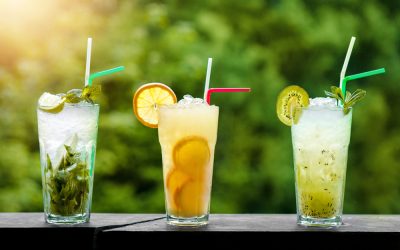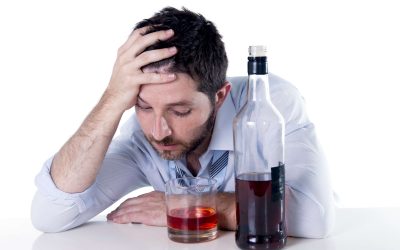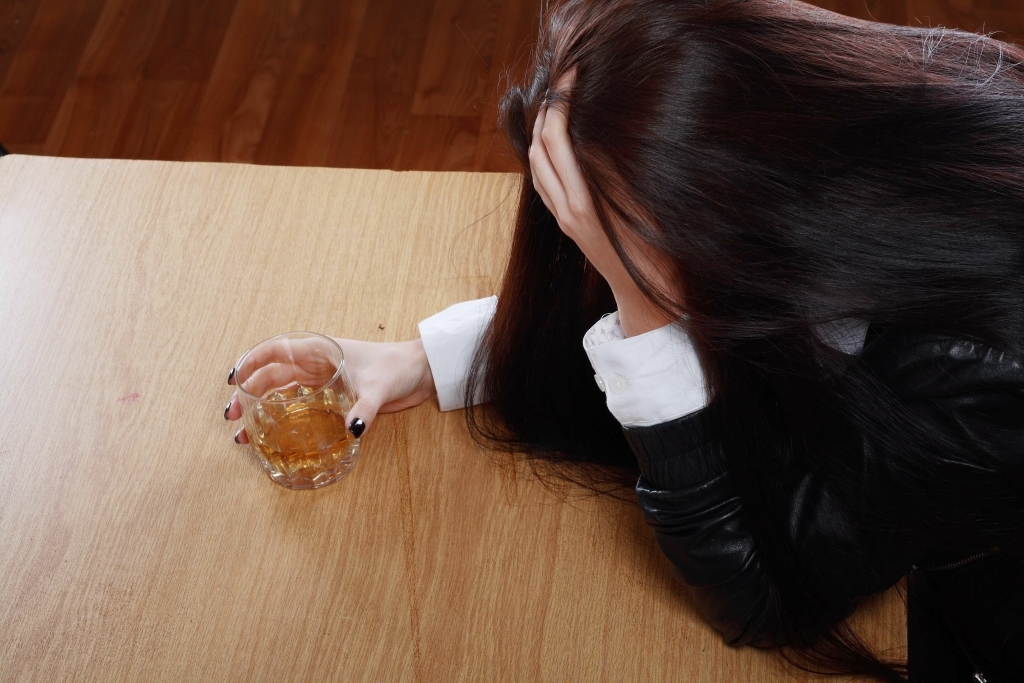People with addiction keep using habit-forming substances, which cause tolerance and withdrawal symptoms. Addiction leads to harmful consequences and lasting brain changes, setting it apart from other substance misuse. After using a drug for some time, a person can find themselves trying to quit. Sober living house In the U.S., only 10–15% of individuals with substance use disorders receive treatment annually, highlighting the urgent need for accessible care.

Detoxification Approaches

For example, someone dependent on benzodiazepines may take them to avoid panic attacks, even if the original anxiety has worsened. Substances like cocaine, methamphetamines, or prescription opioids are often involved, as users chase intense highs despite mounting consequences. I just want to thank my therapist for helping me to accept my anger, and learning how to deal with it. With the help of every staff member, I am a better (sober) person.
Withdrawal: The Body’s Response to Absence
No single factor can predict if a person will experience addiction to drugs. Usually, a combination of factors influences the risk of addiction. This results in a combination of brain-centered compulsion and physical need for the addicting substances in the body.

Tolerance
This is why the cycle of addiction can feel impossible to escape without help. The areas in their brains that control decision-making, self-control, and judgment are still developing. Therefore, teens may be especially prone to risky behaviors like taking drugs. However, for most people struggling with addiction, there are stages of substance use that lead to the person becoming addicted. Some of these illicit substances can also lead to tolerance within one or two uses.
With strong substances like fentanyl and heroin, a person can begin to feel addicted from the very first use. If you or someone you care about is seeking support for substance abuse and addiction challenges, we are here to offer our assistance. In 2023, approximately 29.5 million U.S. adults had a substance use disorder, with many in this phase unaware of their escalating misuse. Physical symptoms, such as weight loss, fatigue, or frequent illnesses, and psychological effects, like irritability, paranoia, or anxiety, become more pronounced. Our staff are highly trained with dual mental health and substance use licensing. Our medical staff includes an ASAM certified addiction psychiatrist & an addiction-trained primary care physician.
How Addiction Alters Brain Chemistry
- Physical symptoms, such as weight loss, fatigue, or frequent illnesses, and psychological effects, like irritability, paranoia, or anxiety, become more pronounced.
- Instead, it develops in stages, often described as the cycle of addiction.
- Join 40,000+ People Who Receive Our Newsletter Get valuable resources on addiction, recovery, wellness, and our treatments delivered directly to your inbox.
Each time you use a drug, chemical changes happen inside your brain. With each use, you may find that the effects of the drug feel a little more subdued. Regular use will cause a person to take more of the substance to continue feeling the same outcome, which feeds into the cycle.
- It can be broken at any point, no matter how many times you’ve spun through it or how long you’ve been spinning.
- Support groups, like Narcotics Anonymous, help people with drug addiction issues.
- With each use, you may find that the effects of the drug feel a little more subdued.
- It is a complex process marked by a series of stages and behaviors that can have profound negative consequences on an individual’s life.
- This stage is critical because as the brain becomes accustomed to the substance, the individual must increase their intake to feel the desired relief or pleasure.
Services
Therapy can teach you how to regulate your emotions and how you respond to them. You can also keep a few strategies in hand to mitigate a relapse before it happens. It becomes all you think about and what you feel you need to function. Along with feeling physically sick without it, you’ll experience cravings and urges to use the substance. Obtaining and taking more becomes as necessary as eating or sleeping, especially since addiction affects your judgment and decision-making skills3. Recovery.com combines independent research with expert guidance on addiction and mental health treatment.
- Your healthcare provider may suggest medication as part of your addiction treatment.
- You might also notice they seem distracted and uncomfortable if they don’t have the substance regularly.
- The midlife-specific groups allowed clients to form a bond with one another through shared life experiences.
- While dopamine is the star player in the brain’s reward system, other components like alpha cells and the GABA system also contribute to the persistence of addiction.
Thankfully, treatment works at each stage, whether you’ve just started or have been in active addiction for years. Beginning her career as a freelance writer, Grace graduated summa cum laude from Arizona State University with a B.A. She wrote across various topics and found mental health and recovery to be the best fit.
What are the five addiction stages?
At Still Detox, we provide individualized programs, including detox, CBT, and holistic therapies, to support recovery from any phase of addiction. This means that over time, users need to consume higher amounts of the drug to feel its effects, further reinforcing the cycle of addiction. The more the brain adapts, the more drugs are needed, leading to even more profound changes in brain chemistry. Over time, the brain begins to rely on the substance to produce dopamine, making it difficult to experience pleasure from natural sources, such as eating, socializing, or exercising. This reliance on a drug for dopamine rewards is one of the key drivers in the cycle of addiction.
If you’re a treatment provider and have a question, please reach out and someone from our Customer Success team will be in touch with you shortly. We list any treatment center that meets our rehab criteria, giving you the best list of options possible when looking for treatment. If you choose the correct cycle of addiction. or someone you love is struggling with addiction, getting help is just a phone call away, or consider trying therapy online with BetterHelp.
Preventing Relapse
By understanding what makes something addictive, recognizing addict behavior, and knowing how addiction works, people can better prepare for recovery. Three of the most common relapse prevention strategies have included therapy and skill development, medications, and monitoring. (9) Instead of quitting on their own, it’s important to understand how far substance abuse treatment programs have come. Navigating the complex subject of addiction requires an understanding of its cyclical nature, characterized by distinct stages that intertwine to perpetuate the cycle. Whether it’s substance abuse or other addictive behaviors, the journey from initial experimentation to full-blown dependency follows a predictable pattern. Addressing addiction requires interventions tailored to its phase.
For individuals in the first two stages of initial use and abuse, outpatient treatment and behavioral health counseling may be all that’s needed to get back on track. Later stages, like stages 3 and 4, may require more involved treatment. In this next stage of addiction, the individual begins to use the substance repeatedly to feel the positive effects, cope with existing issues, or escape reality. This first use of drugs or alcohol might be all it takes to form an addiction due to the rush of dopamine to certain neurotransmitters in the brain. The individual may continue chasing that rush or high after the drug’s initial use (e.g., using opioids or even drinking alcohol). The first stage of addiction includes a person’s first time using a substance.
